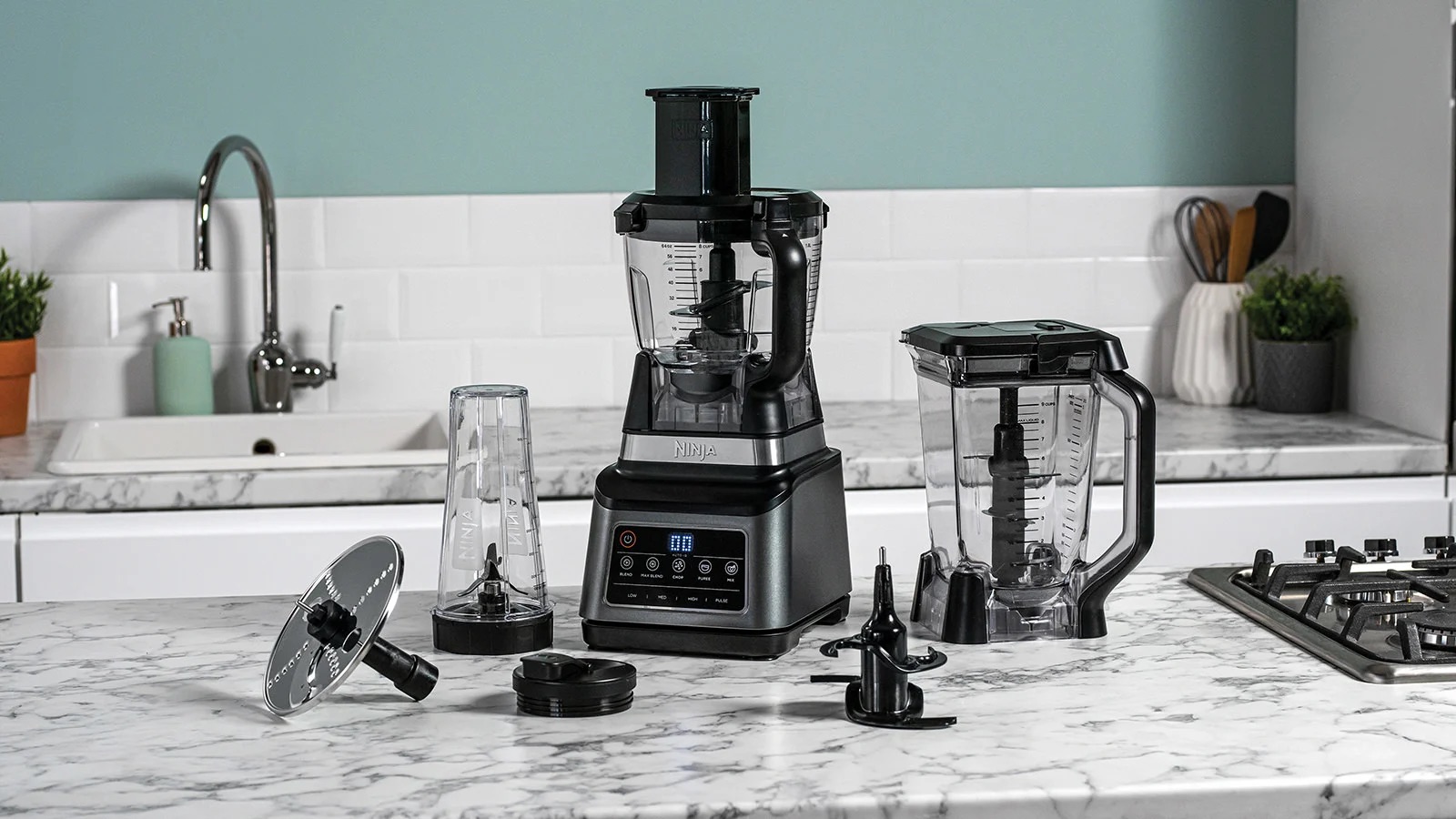

Articles
How To Use Ninja Blender As Food Processor
Modified: August 25, 2024
Want to use your Ninja blender as a food processor? Check out this informative article for tips and techniques on how to maximize your blender's versatility.
(Many of the links in this article redirect to a specific reviewed product. Your purchase of these products through affiliate links helps to generate commission for Storables.com, at no extra cost. Learn more)
Introduction
When it comes to kitchen appliances, versatility is a highly sought-after feature. Imagine having a single gadget that can handle multiple tasks, saving you both space and time in the kitchen. The Ninja Blender is one such kitchen powerhouse that offers a wide array of functionalities. Most commonly recognized for its blending capabilities, the Ninja Blender also has the potential to function as a food processor.
For those unfamiliar with the Ninja Blender, it is a high-performance blender that boasts a powerful motor and sharp blades designed to blend even the toughest ingredients with ease. Its innovative design offers various attachments and functions, providing users with the ability to take their culinary creations to new heights.
In this article, we will explore the functionality of the Ninja Blender as a food processor. We will take a closer look at how it can be used to perform tasks typically associated with a food processor, such as chopping, slicing, grating, and mixing. Whether you’re a culinary enthusiast, a busy parent, or someone looking to simplify their kitchen setup, learning how to use the Ninja Blender as a food processor can be a game-changer.
So, if you own a Ninja Blender but haven’t fully tapped into its food processing capabilities, or if you’re considering purchasing one and want to explore its versatility, this article is for you. Read on to discover the step-by-step guide, tips, and tricks, as well as safety measures and maintenance tips for using the Ninja Blender as a food processor.
Key Takeaways:
- The Ninja Blender offers a versatile food processing functionality, including chopping, slicing, grating, and mixing, making it a valuable addition to any kitchen for efficient and creative food preparation.
- Proper preparation, safety measures, and maintenance are essential for maximizing the Ninja Blender’s potential as a food processor, ensuring both safety and optimal performance for years to come.
Read more: How To Use A Ninja Food Processor
Understanding the Ninja Blender
Before delving into the functionality of using the Ninja Blender as a food processor, it’s important to have a clear understanding of this versatile kitchen gadget. The Ninja Blender is known for its powerful motor, durable build, and impressive blending capabilities. It is equipped with sharp, stainless steel blades that can effortlessly pulverize fruits, vegetables, ice, and more.
One of the standout features of the Ninja Blender is its multiple speed settings and preset programs. These settings allow you to customize the blending process based on your desired consistency and the ingredients being used. Whether you’re looking to make a smooth puree or a chunky salsa, the Ninja Blender can handle it all.
Additionally, the Ninja Blender comes with different-sized blending cups and jars, allowing you to blend in large or small quantities. This makes it suitable for everything from making single-serve smoothies to cooking up large batches of soups or sauces.
When it comes to using the Ninja Blender as a food processor, it’s important to note that it may not have all the features and capabilities of a dedicated food processor. While it can perform many of the same tasks, there may be some limitations. However, for most home cooks and small kitchen setups, the Ninja Blender provides more than enough functionality to handle food processing tasks efficiently.
By understanding the capabilities and limitations of the Ninja Blender, you can make the most of this appliance when using it as a food processor. With a bit of creativity and the right techniques, you can achieve impressive results in your food preparation.
The Functionality of the Ninja Blender as a Food Processor
When it comes to food processing, the Ninja Blender can be a highly efficient tool. While it may not have all the specialized attachments and features of a dedicated food processor, it can still perform a range of tasks, making it a versatile addition to any kitchen.
Here are some of the key functions and tasks that the Ninja Blender can handle as a food processor:
- Chopping: The Ninja Blender’s sharp blades and powerful motor make it excellent for chopping ingredients such as onions, garlic, herbs, and vegetables. By pulsing the blender a few times, you can achieve your desired level of chopping consistency.
- Slicing: With the help of slicing discs or attachments, the Ninja Blender can slice ingredients like cucumbers, carrots, and potatoes. This functionality comes in handy for preparing salads, stir-fries, and various other dishes that require thinly sliced ingredients.
- Grating: By attaching a grating disc to the Ninja Blender, you can effortlessly grate ingredients such as cheese, carrots, and zucchini. This saves you time and effort compared to grating by hand.
- Mixing and kneading: The Ninja Blender can also handle mixing and kneading tasks, making it suitable for preparing doughs, batters, and even homemade sauces. Its powerful motor ensures that ingredients are thoroughly mixed and combined.
Whether you’re looking to chop ingredients for salsa, slice vegetables for a stir-fry, grate cheese for a casserole, or mix dough for bread, the Ninja Blender can handle these tasks with relative ease.
However, it’s important to note that the capacity of the Ninja Blender may be smaller than that of a typical food processor. This means that you may need to process ingredients in smaller batches, especially for larger quantities or more substantial food processing tasks.
While the Ninja Blender’s food processing functionality may not be as comprehensive as that of a dedicated food processor, it offers enough versatility to handle most home cooking needs. With a bit of creativity and strategic processing, you can achieve impressive results and streamline your food preparation.
Preparing the Ninja Blender for Food Processing
Before you start using the Ninja Blender as a food processor, it’s important to ensure that it is properly prepared. This includes selecting the right attachments, assembling the blender correctly, and familiarizing yourself with the different speed settings.
Here are the steps to prepare the Ninja Blender for food processing:
- Select the appropriate attachment: Depending on the task you want to perform, choose the correct attachment for the Ninja Blender. This may include blades for chopping, slicing discs, or grating discs. Refer to the user manual to determine which attachment is suitable for your specific needs.
- Assemble the blender: Attach the selected blade or disc to the blender by placing it on the central spindle and ensuring it is securely in place. Make sure to follow the manufacturer’s instructions to assemble the blender correctly and safely.
- Attach the appropriate jar or cup: Depending on the quantity of ingredients you are processing, select the appropriate blending jar or cup. The Ninja Blender typically comes with different-sized containers to accommodate different needs. Attach the jar or cup securely to the base of the blender.
- Familiarize yourself with the speed settings: The Ninja Blender offers multiple speed settings and preset programs. Take a moment to understand the different speed options and determine which one is suitable for your specific food processing task. For example, some ingredients may require a slower speed setting to avoid over-processing.
By properly preparing the Ninja Blender for food processing, you can ensure that it is ready to tackle the specific task at hand. This will help you achieve the desired results and avoid any potential mishaps.
Once the Ninja Blender is prepared, you are ready to start using it for various food processing tasks. In the next section, we will provide a step-by-step guide on how to use the Ninja Blender as a food processor.
Step-by-step Guide on Using the Ninja Blender as a Food Processor
Using the Ninja Blender as a food processor is a straightforward process. By following these step-by-step instructions, you’ll be able to achieve efficient and effective food processing results:
- Add the ingredients: Start by adding the ingredients you want to process into the blending jar or cup. Be mindful of the quantity and ensure that you don’t overload the container, as this may affect the processing quality.
- Select the appropriate speed setting: Depending on the specific task and the consistency you desire, choose the appropriate speed setting on the Ninja Blender. Some ingredients may require a high-speed setting for quick chopping, while others may need a slower speed for more precision.
- Pulse or blend: If you’re looking for a chunky result, use the pulse function by pressing the blender’s pulse button for short bursts. This will help you control the texture and prevent over-processing. For a smoother consistency, blend the ingredients continuously on the selected speed setting.
- Monitor the progress: While processing the ingredients, keep an eye on the progress through the clear lid of the blender. This will allow you to adjust the speed or pause the blender if needed. Avoid processing for too long, as it may overheat the motor or affect the quality of the ingredients.
- Check the consistency: Periodically check the consistency of the processed ingredients to ensure they meet your desired outcome. If you need further processing, continue blending or pulse as necessary until you achieve the desired texture.
- Transfer or use the processed ingredients: Once the food processing is complete, transfer the processed ingredients to a suitable container or use them directly in your recipes. The Ninja Blender makes it easy to blend, chop, slice, or grate ingredients without the need for additional kitchen tools.
Keep in mind that the processing time may vary depending on the ingredients and the specific task at hand. It’s important to use common sense and intuition to determine the appropriate processing duration for your needs.
Now that you have a step-by-step guide on using the Ninja Blender as a food processor, let’s move on to some tips and tricks to enhance your food processing experience and achieve optimal results.
When using a Ninja blender as a food processor, make sure to use the pulse function to avoid over-processing your ingredients. This will help you achieve the desired texture for your food.
Read more: How To Clean Ninja Food Processor
Tips and Tricks for Efficient Food Processing with the Ninja Blender
While using the Ninja Blender as a food processor is relatively simple, there are some tips and tricks that can help you achieve even more efficient and effective results:
- Cut ingredients into chunks: Before adding the ingredients to the blender, consider cutting them into smaller chunks. This will make it easier for the blades to process the ingredients and ensure a more consistent result.
- Use the pulse function: Instead of continuously blending, utilize the pulse function to control the texture of the processed ingredients. This allows you to achieve a chunkier result or avoid over-processing. Pulse a few times until you reach the desired consistency.
- Layer ingredients strategically: When processing multiple ingredients, layer them strategically to ensure even processing. Start with harder ingredients at the bottom and layer softer ones on top. This will prevent uneven processing and ensure uniform results.
- Pause and scrape the sides: Occasionally, pause the blending process and use a spatula to scrape down the sides of the blender. This helps to incorporate any ingredients that may have become stuck or ensure even processing throughout.
- Experiment with speed settings: Don’t be afraid to experiment with different speed settings to achieve the desired texture. Start with a lower speed for more precise control and increase the speed if needed. Each recipe and ingredient may require a different speed to achieve the best results.
- Avoid overfilling the blending jar: It’s important not to overfill the blending jar or cup as this can affect the processing quality. Leaving some space for ingredients to move and blend properly will ensure optimal results. If you have a large quantity to process, it’s better to do it in smaller batches.
- Clean components immediately after processing: Once you’re done processing, it’s recommended to clean the components, including the blades and blending jar, immediately. This prevents food residue from drying and becoming stubborn to clean. Always refer to the manufacturer’s instructions for proper cleaning and maintenance guidelines.
By implementing these tips and tricks, you’ll be able to enhance your food processing experience with the Ninja Blender. Experimentation and practice will help you become more familiar with the capabilities of the blender as a food processor.
Next, let’s discuss some important safety measures to keep in mind when using the Ninja Blender as a food processor.
Safety Measures When Using the Ninja Blender as a Food Processor
While the Ninja Blender is designed with safety in mind, it’s essential to follow some precautionary measures when using it as a food processor to ensure your safety and the longevity of the appliance:
- Read the user manual: Familiarize yourself with the user manual and follow all safety guidelines provided by the manufacturer. This includes information on proper assembly, usage, and maintenance of the Ninja Blender.
- Ensure the blender is properly assembled: Before each use, make sure that the blender’s attachments, such as blades or discs, are securely assembled to prevent any accidents during operation.
- Avoid overfilling: Do not overfill the blending jar or cup beyond the recommended capacity. Overfilling can cause ingredients to spill out during processing, potentially leading to accidents or damaging the blender.
- Securely close the lid: Always ensure that the lid of the blender is securely closed before turning it on. This prevents any liquid or food from splashing out during the processing, minimizing the risk of injuries.
- Use caution when handling sharp blades: The blades of the Ninja Blender are extremely sharp. Exercise caution when removing, cleaning, or handling them to avoid accidental cuts. Always use a spatula or utensil when handling the blades to minimize direct contact.
- Avoid inserting hands or utensils while the blender is running: Never insert your hands or any utensils into the blender while it is in operation. This reduces the risk of injury and prevents damage to the blender’s motor and blades.
- Allow the blender to cool down: After each use, allow the blender to cool down before disassembling or cleaning it. This helps prevent accidental burns from hot surfaces.
- Keep the blender away from children: Store the Ninja Blender in a safe place, out of reach of children. Only allow responsible adults who are familiar with its operation to use the blender as a food processor.
- Unplug the blender when not in use: When not in use, always unplug the Ninja Blender to prevent any accidental starts and to conserve energy.
By following these safety measures, you can ensure a safe and enjoyable experience when using the Ninja Blender as a food processor. Remember, safety should always be a top priority in the kitchen.
Now that we’ve covered safety precautions, let’s move on to the cleaning and maintenance of the Ninja Blender food processor.
Cleaning and Maintenance of the Ninja Blender Food Processor
Proper cleaning and maintenance are crucial for keeping your Ninja Blender food processor in optimal condition. Regular maintenance ensures that it continues to perform efficiently and extends its lifespan. Here are some key steps to follow when cleaning and maintaining your Ninja Blender food processor:
- Unplug the blender: Before cleaning, make sure to unplug the blender from the power source and ensure that it is turned off.
- Disassemble the blender: Carefully remove all detachable parts of the blender, such as the blending jar, lid, blades, and discs. Follow the manufacturer’s instructions for proper disassembly.
- Clean the removable parts: Wash the removable parts, including the blending jar, lid, blades, and discs, in warm soapy water. Use a sponge or brush to remove any food particles or residue. Rinse thoroughly and allow them to air dry before reassembling.
- Clean the blender base: Wipe down the blender base with a damp cloth to remove any spills or stains. Be cautious and avoid getting any moisture inside the base, as it could damage the electrical components.
- Optional: use a dishwasher: Some removable parts of the Ninja Blender food processor may be dishwasher safe. Check the user manual to determine which parts can be safely cleaned in the dishwasher. Place them on the top rack and run a gentle cycle.
- Reassemble the blender: Once all the parts are clean and dry, reassemble the blender according to the manufacturer’s instructions. Ensure that the parts are correctly aligned and securely attached.
- Store the blender properly: Find a suitable location to store the Ninja Blender food processor, keeping it away from excessive moisture or heat. Store the blender with its attachments in a clean and dry place to prevent dust or debris from accumulating on the components.
- Perform regular maintenance: Periodically check the blender for any signs of wear, damage, or parts that need to be replaced. Refer to the manufacturer’s guidelines for maintenance and follow them accordingly. This may include lubricating the moving parts or replacing worn-out components.
By following these cleaning and maintenance steps, you can keep your Ninja Blender food processor in excellent condition for years to come. Regular cleaning not only ensures hygiene but also prevents cross-contamination of flavors between different ingredients.
Now that you’re well-versed in cleaning and maintaining your Ninja Blender food processor, let’s wrap up this article.
Conclusion
The Ninja Blender is a versatile kitchen appliance that offers more than just blending capabilities. By understanding its functionality as a food processor and following the step-by-step guide provided in this article, you can unlock its potential for performing various food processing tasks, such as chopping, slicing, grating, and mixing.
With the right attachments and techniques, the Ninja Blender can efficiently handle these tasks, saving you time and effort in the kitchen. It allows you to streamline your food preparation process and achieve impressive results in a fraction of the time.
Remember to follow safety measures while using the Ninja Blender as a food processor, such as properly assembling the blender, avoiding overfilling, and handling sharp blades with care. Prioritizing safety will ensure a smooth and accident-free experience.
Additionally, don’t forget to maintain and clean the Ninja Blender regularly to keep it in optimal condition. This will enhance its performance and prolong its lifespan, allowing you to enjoy its functionality for years to come.
Whether you’re a culinary enthusiast, a busy parent, or someone looking to simplify your kitchen setup, mastering the use of the Ninja Blender as a food processor will revolutionize your cooking experience. Embrace the versatility of this appliance and unleash your creativity in the kitchen.
So, dust off your Ninja Blender, assemble the attachments, and get ready to explore a whole new world of food processing possibilities. With a little practice and experimentation, you’ll be amazed at the delicious creations you can whip up with the Ninja Blender as your trusty food processor.
Frequently Asked Questions about How To Use Ninja Blender As Food Processor
Was this page helpful?
At Storables.com, we guarantee accurate and reliable information. Our content, validated by Expert Board Contributors, is crafted following stringent Editorial Policies. We're committed to providing you with well-researched, expert-backed insights for all your informational needs.
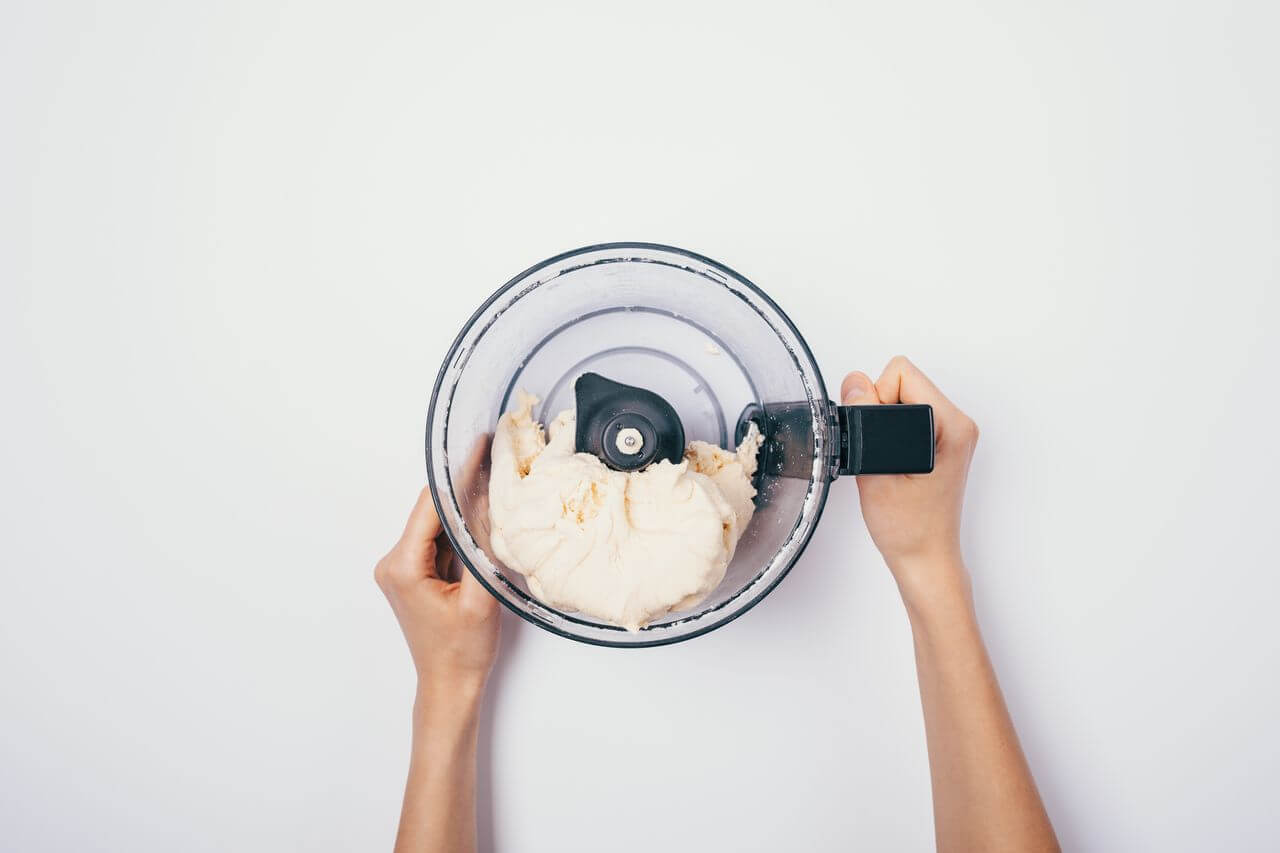
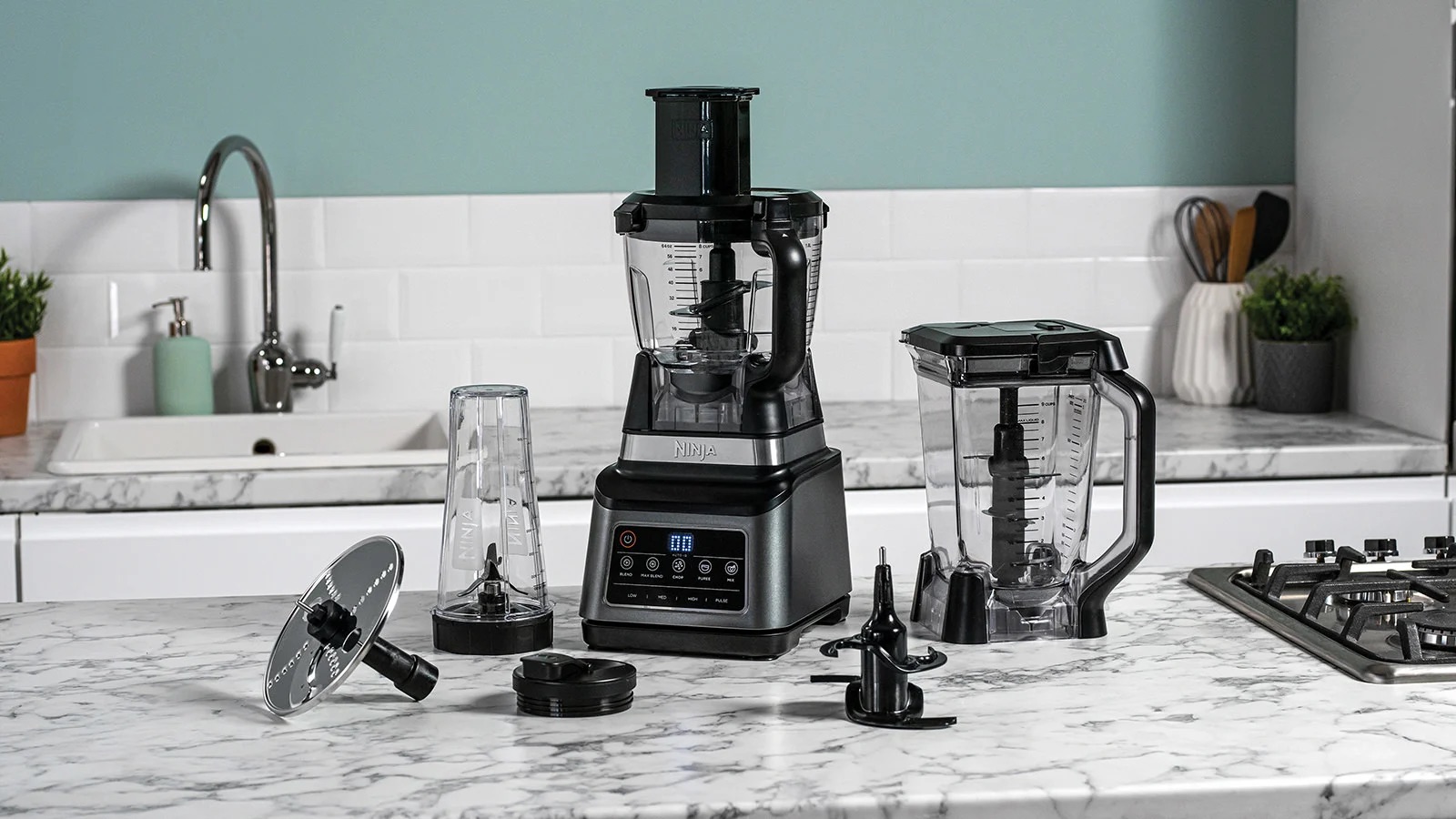
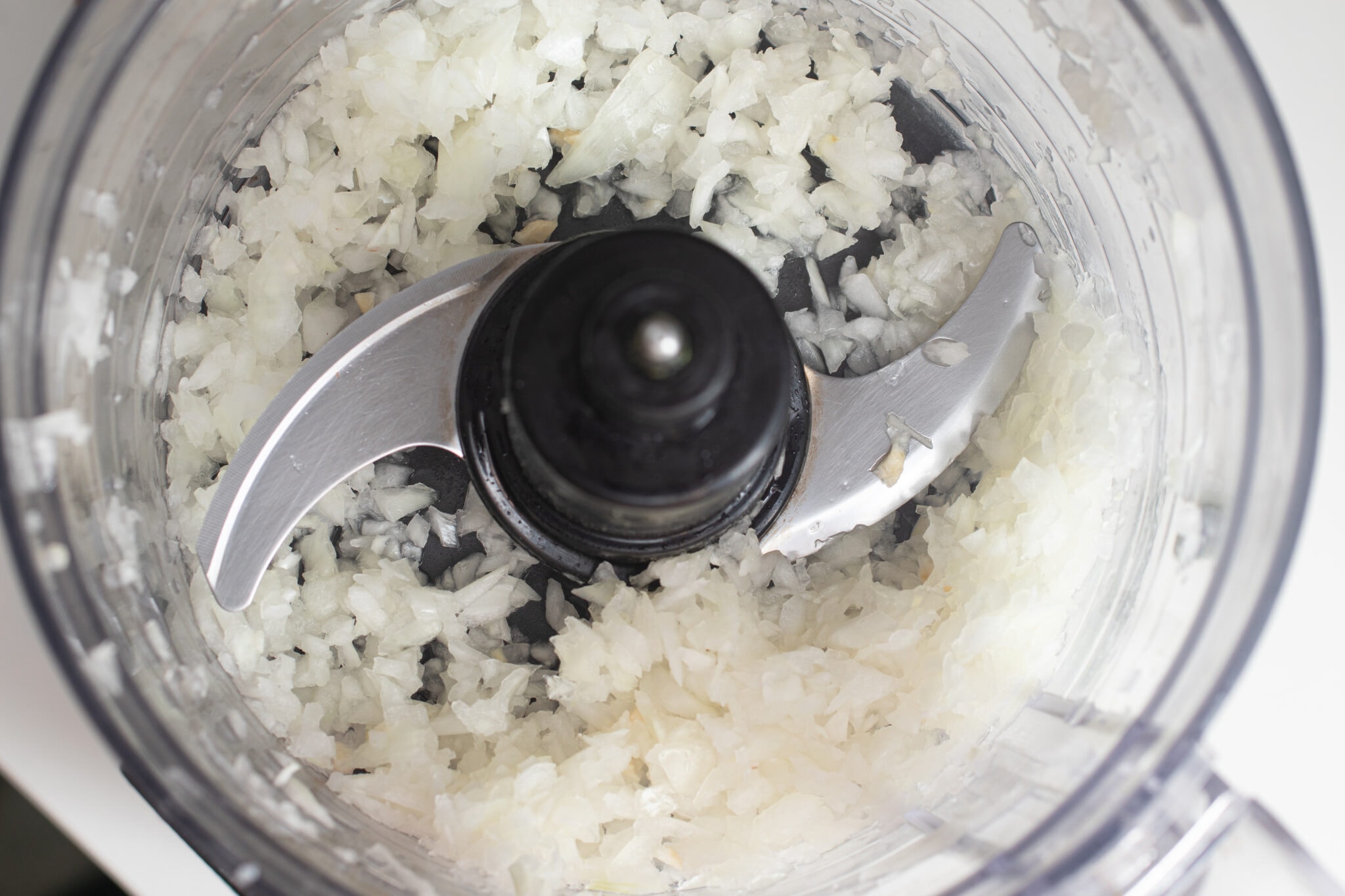
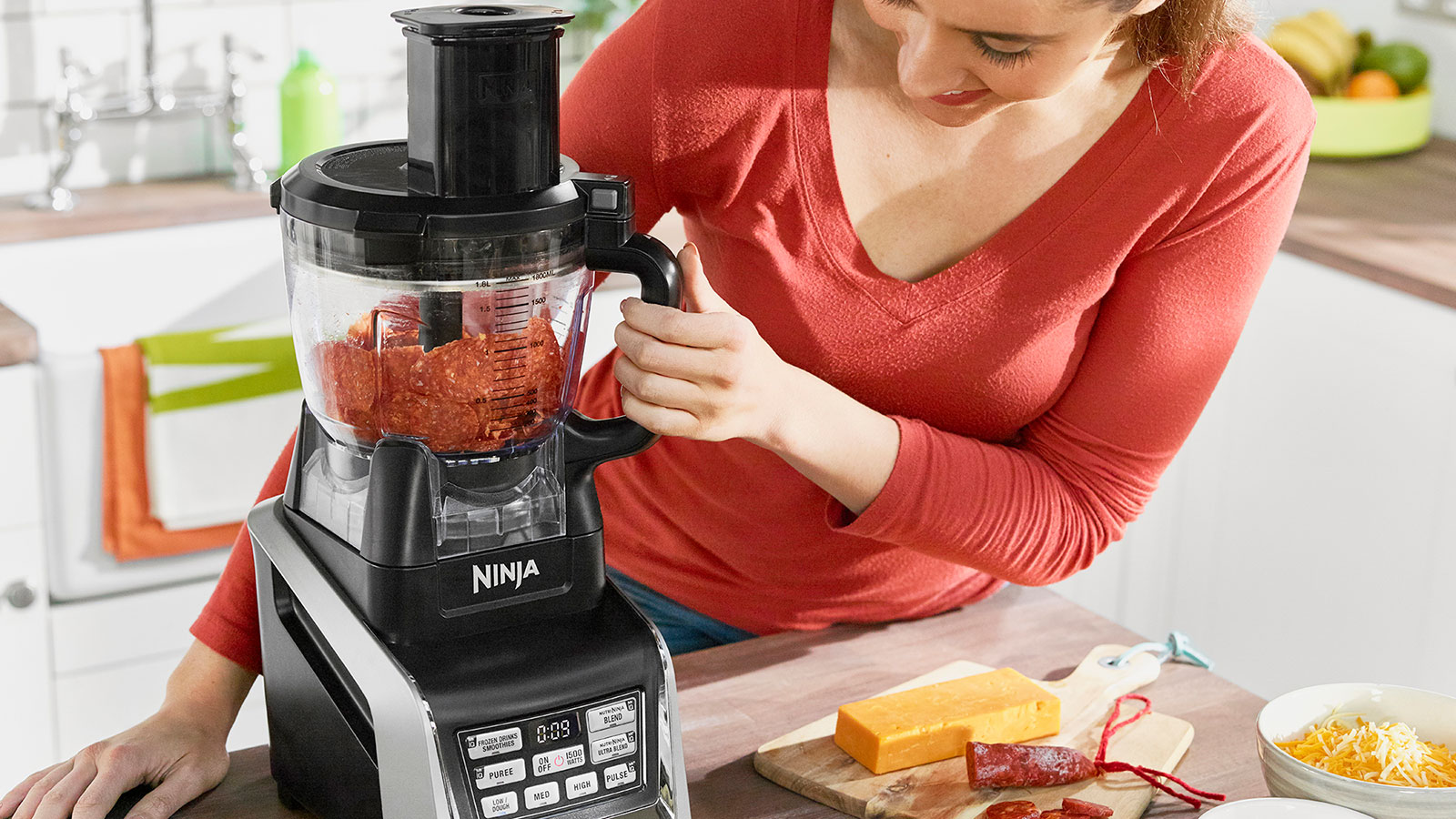
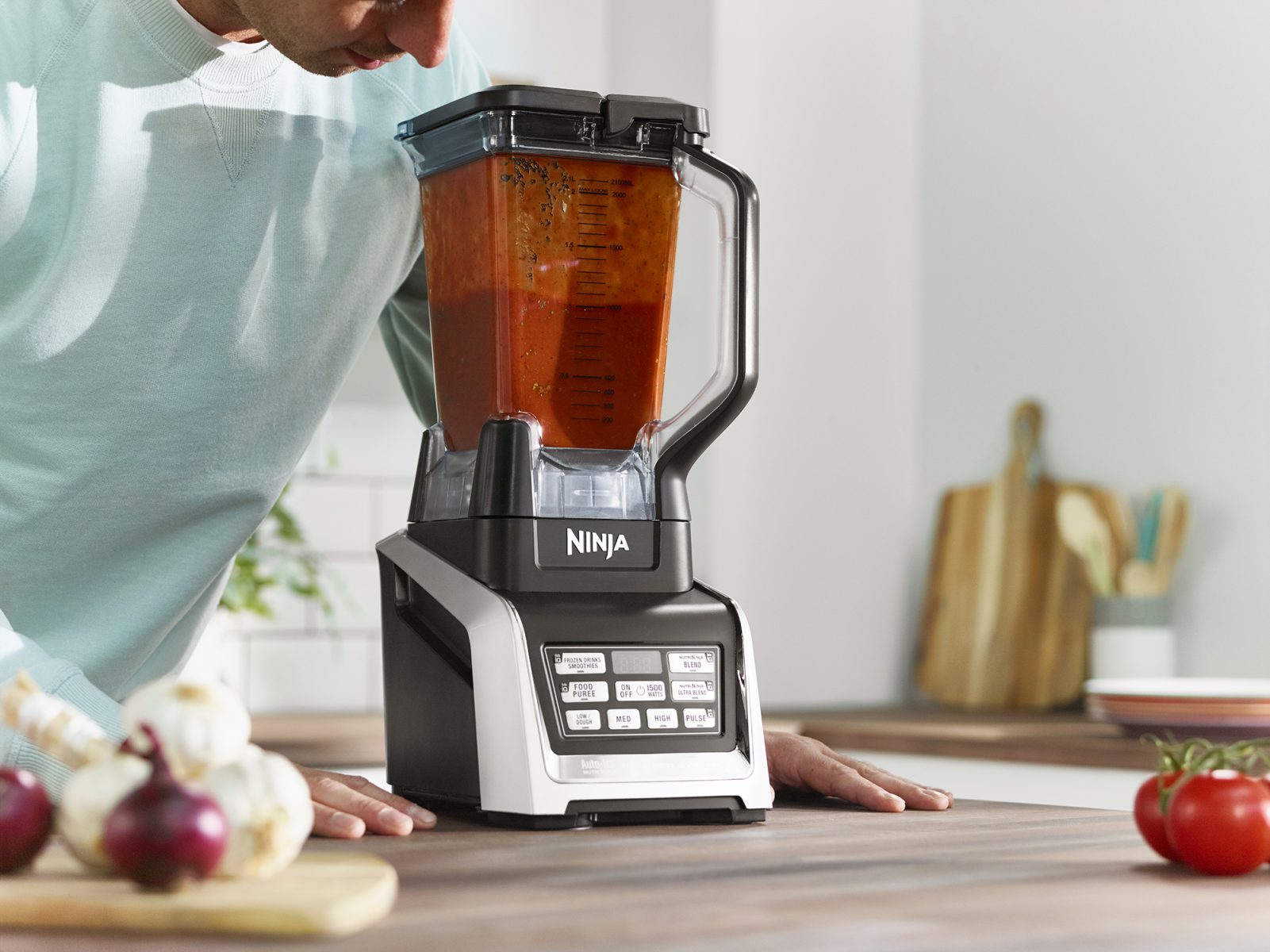
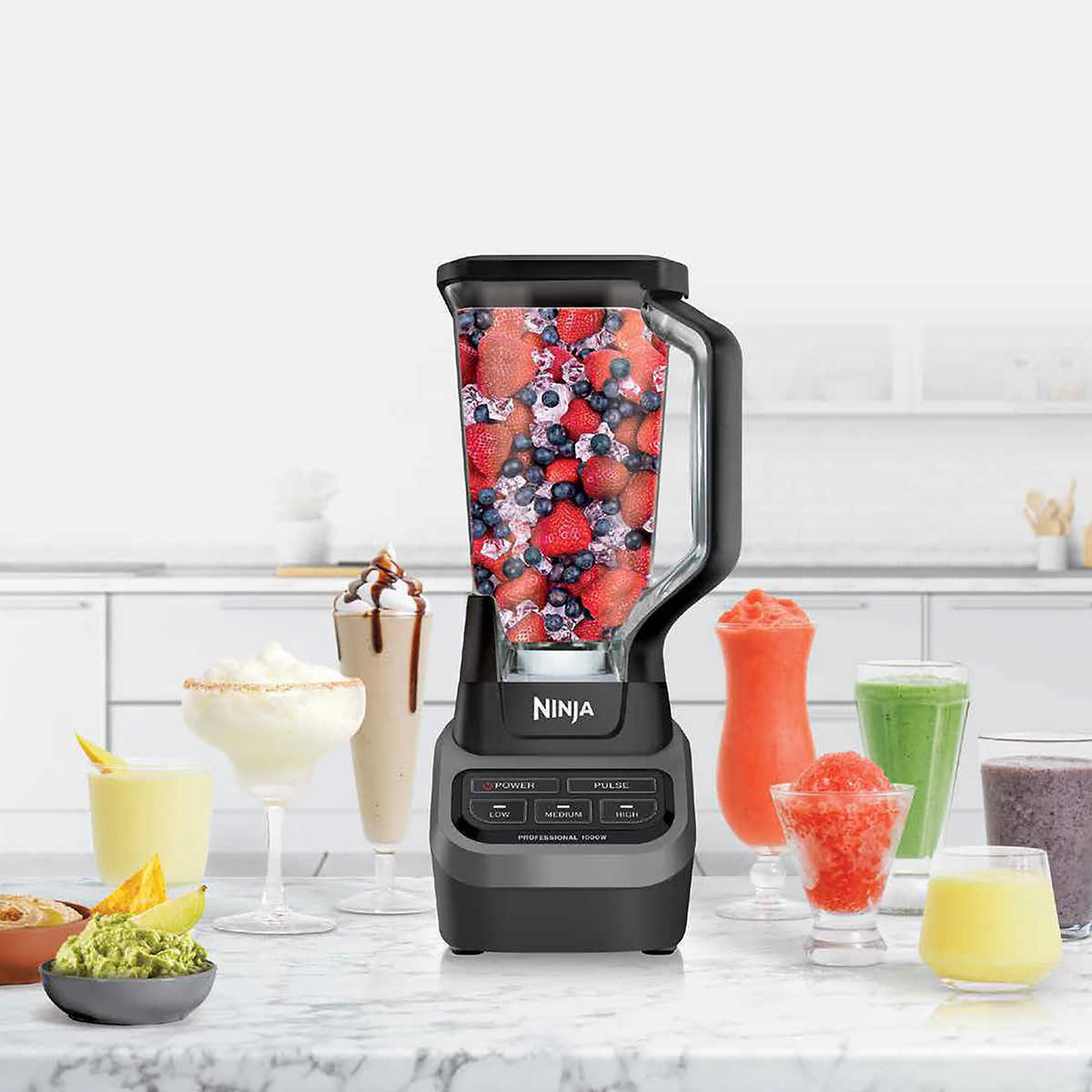
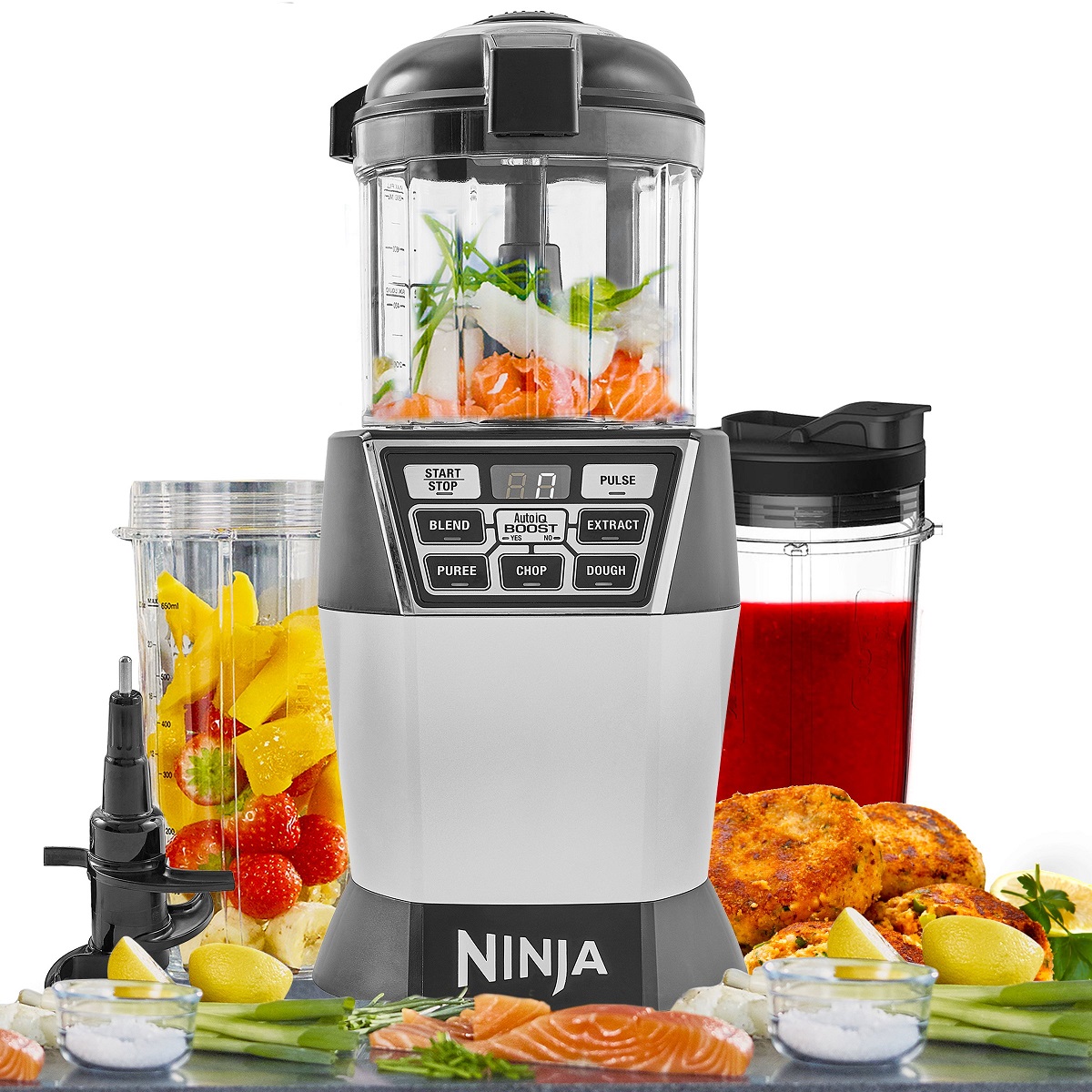
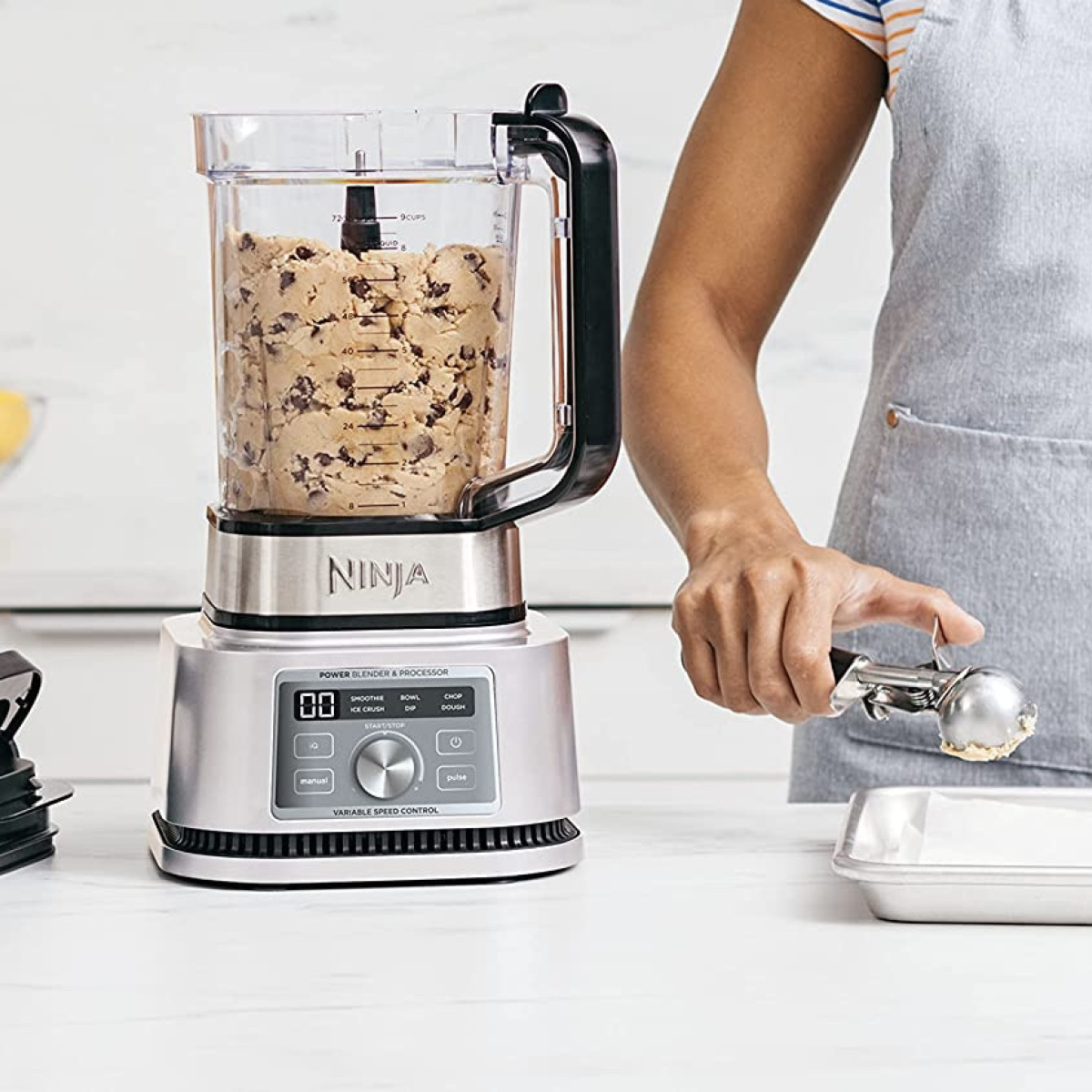
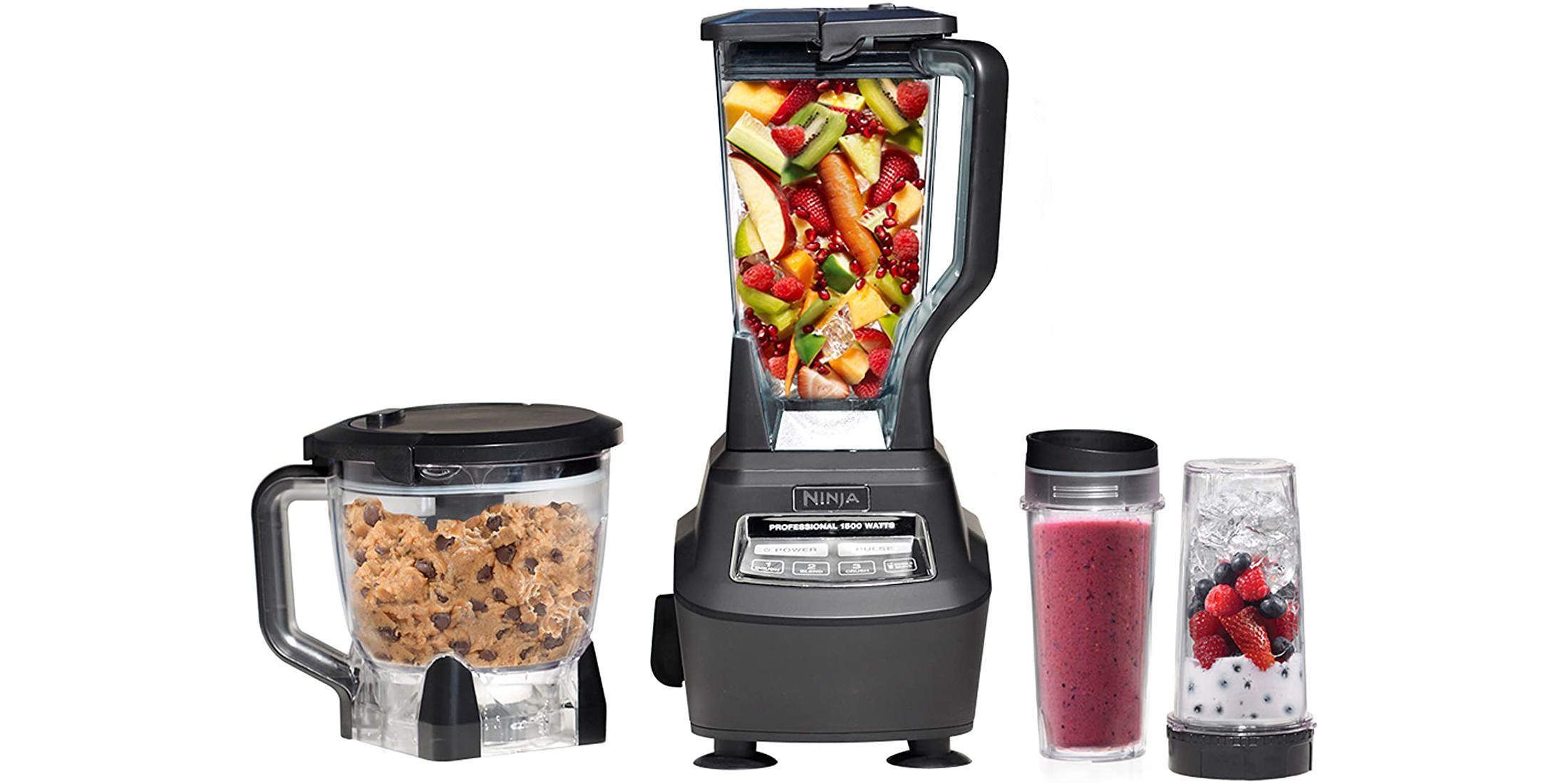
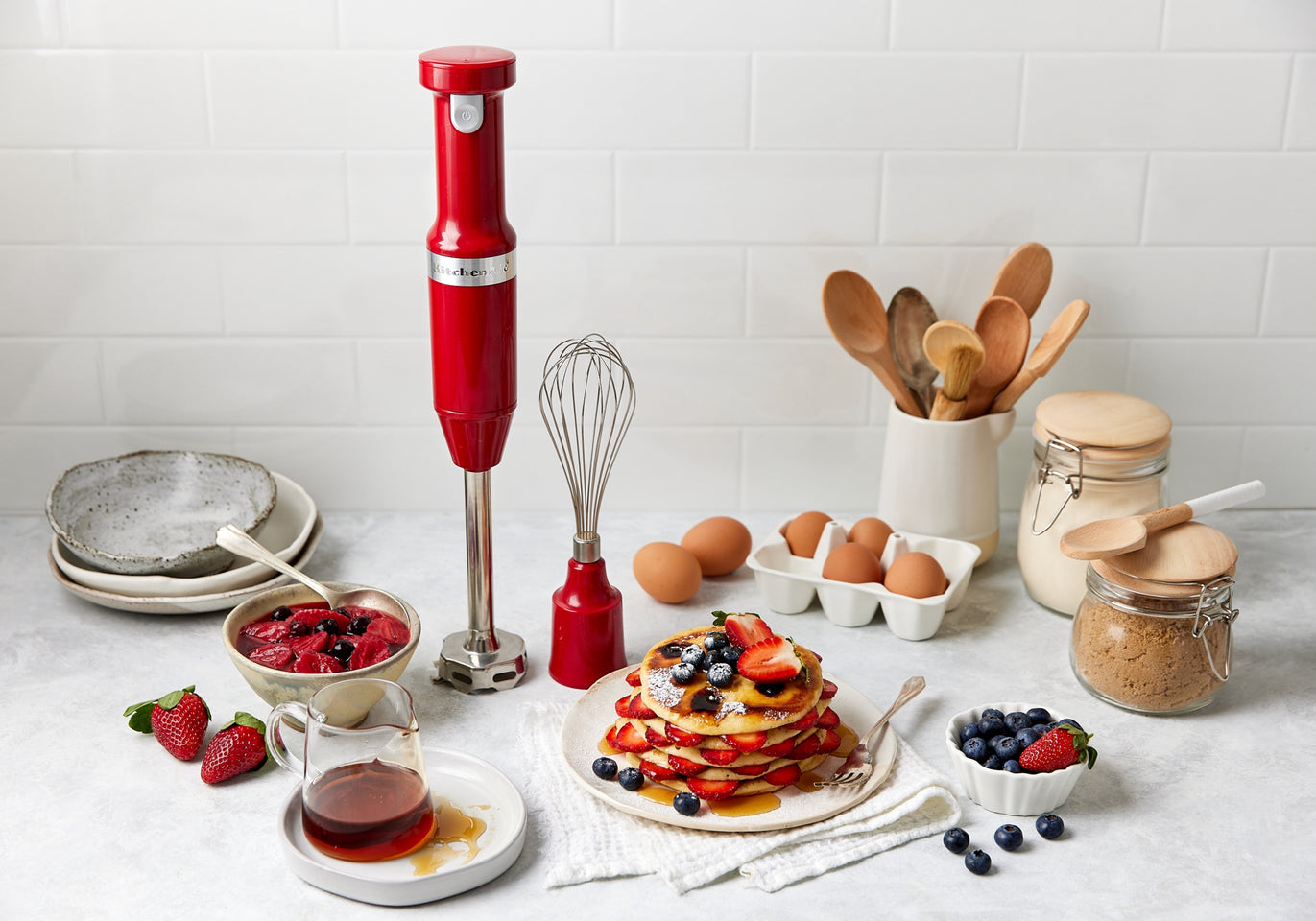
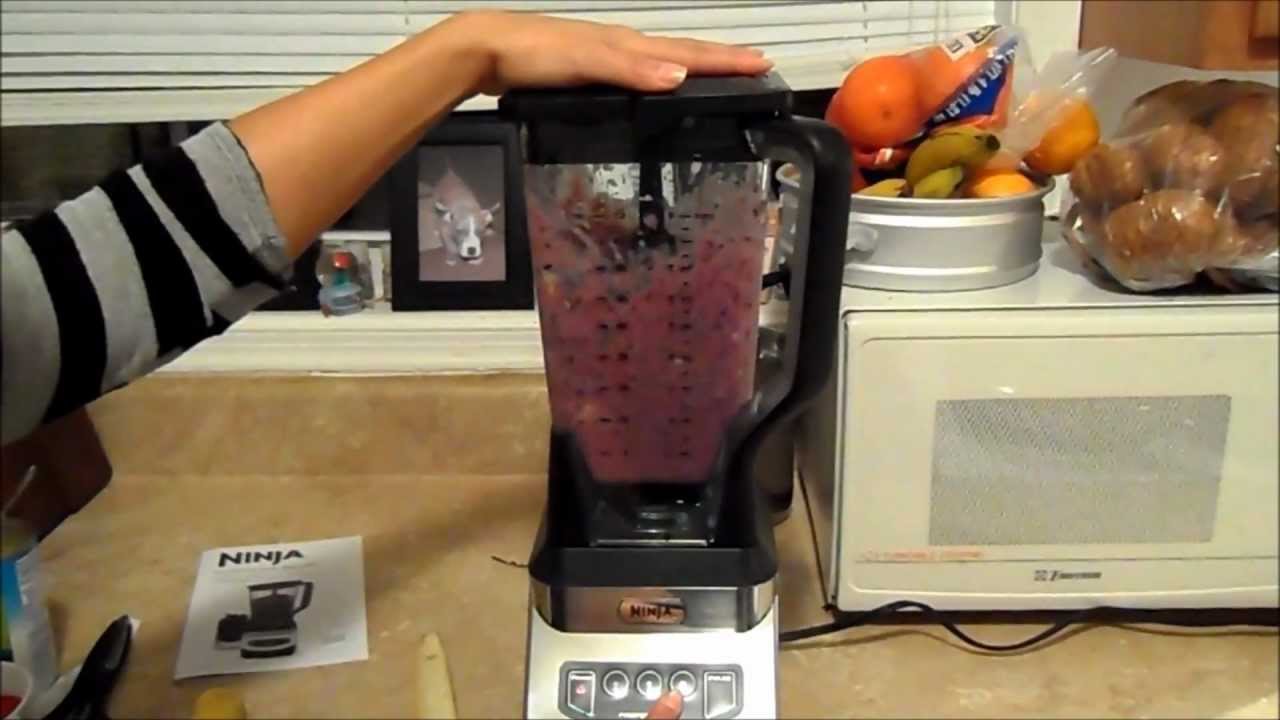
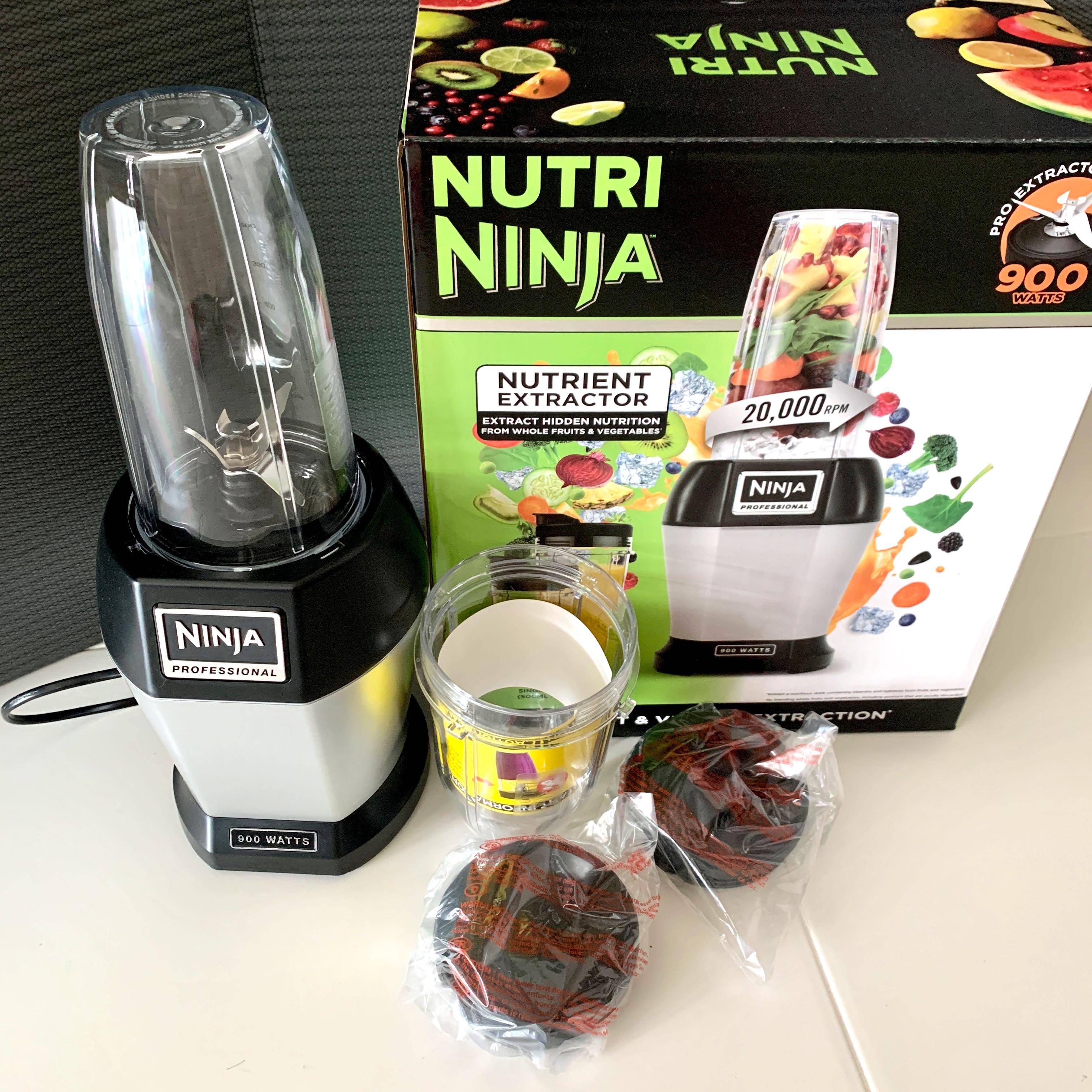
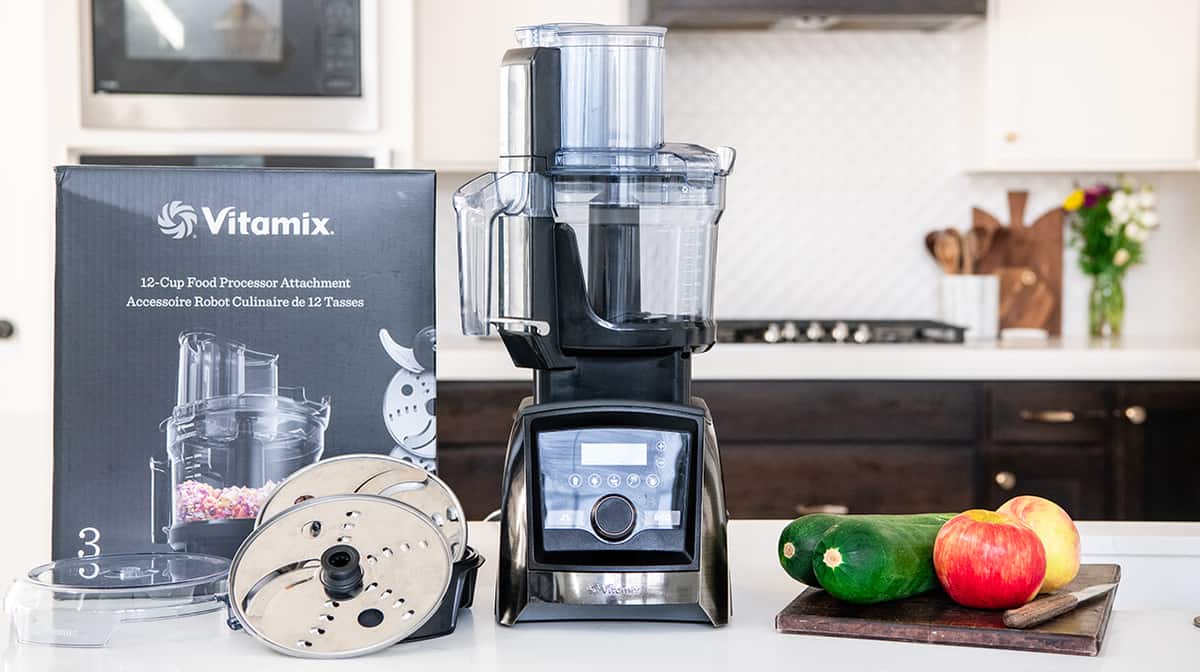
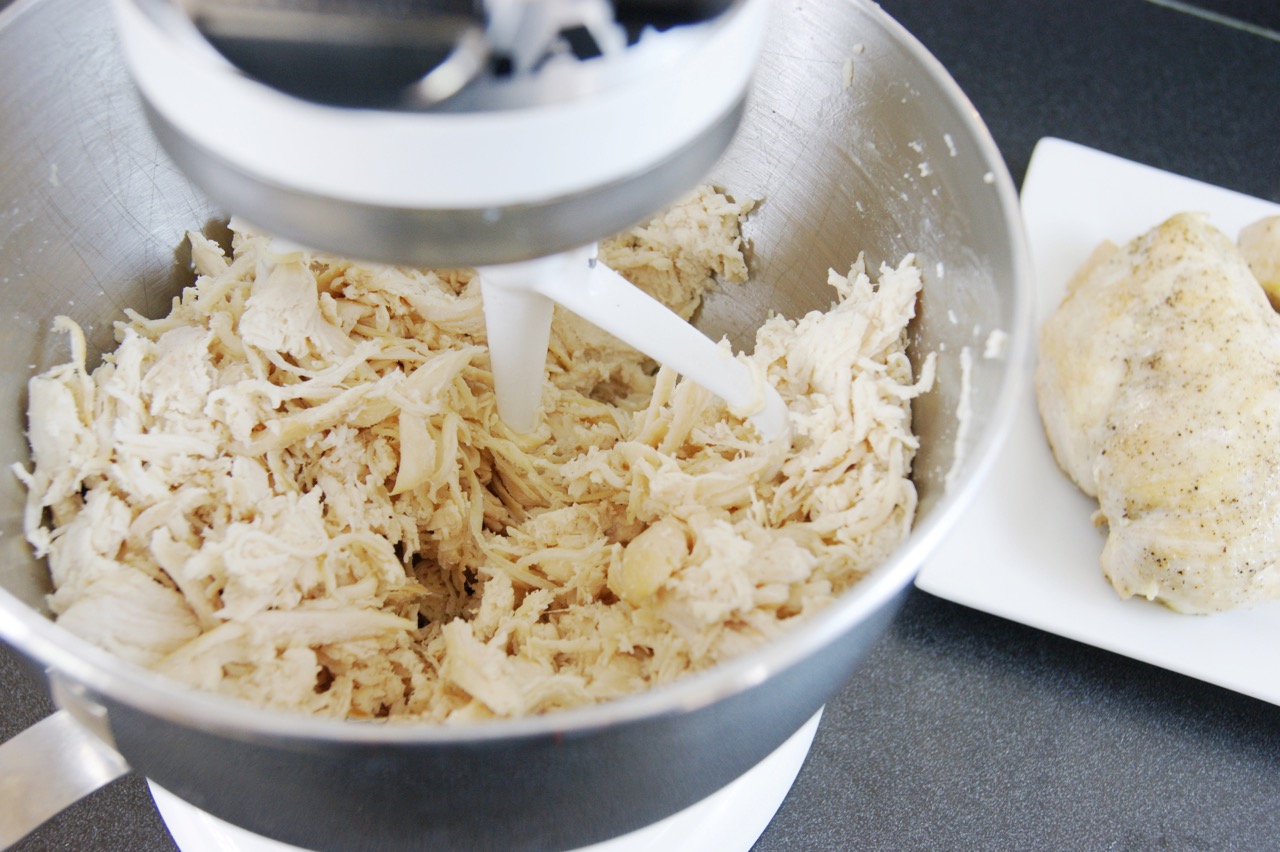

0 thoughts on “How To Use Ninja Blender As Food Processor”